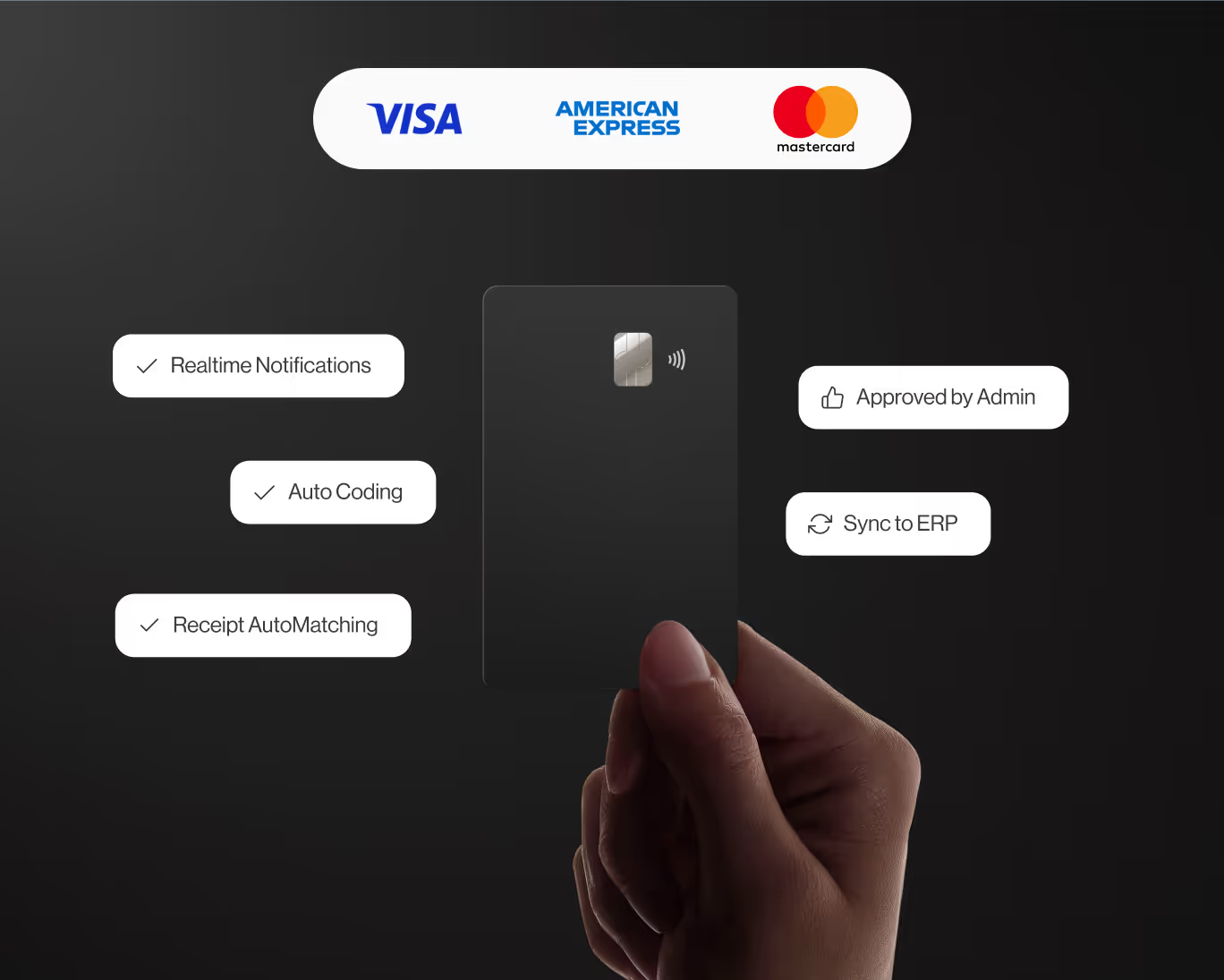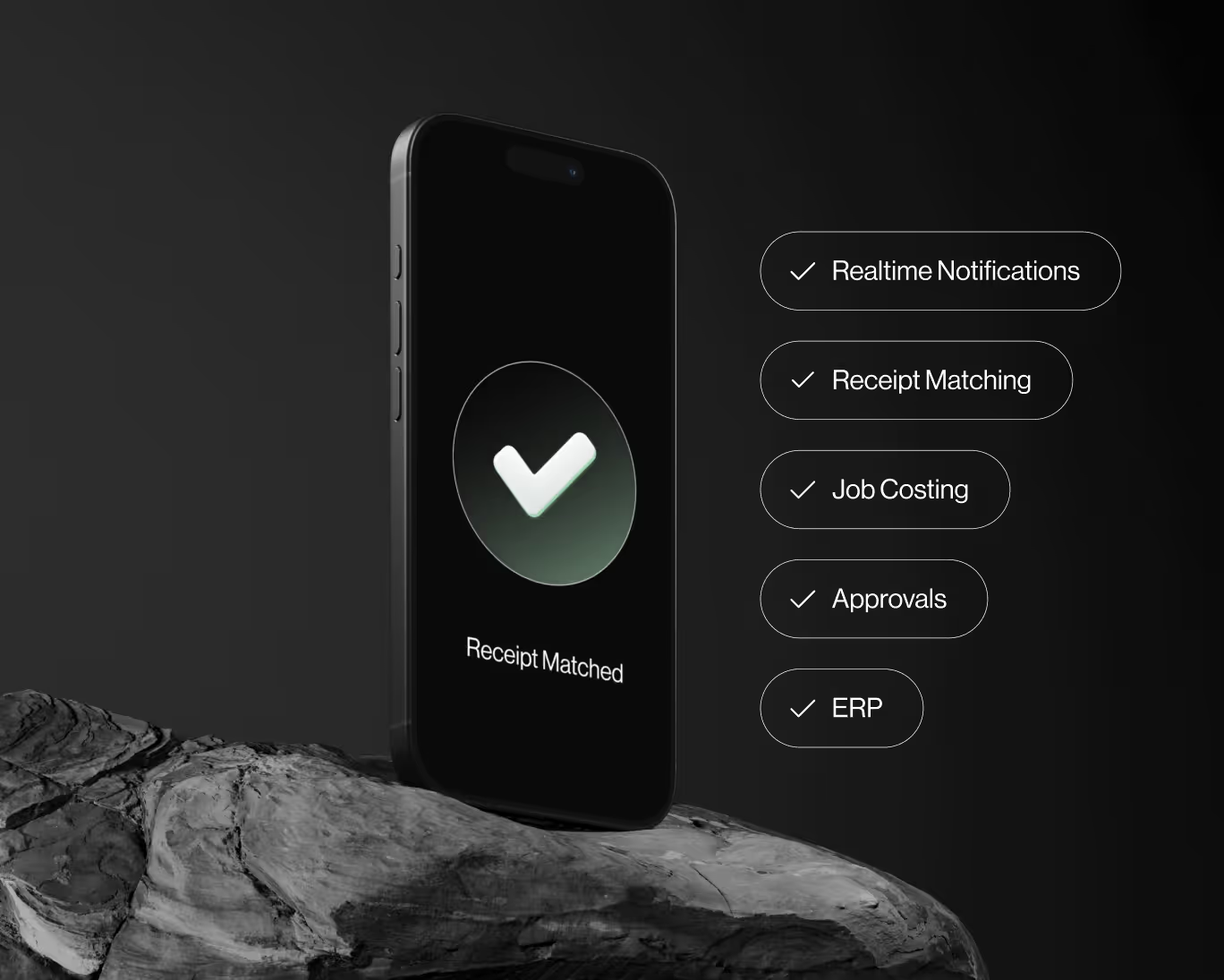What is the Accounts Receivable Aging Report in the Construction Industry?
In the dynamic world of construction, managing finances and cash flow is crucial for the success of any project. One important financial tool that construction companies rely on is the Accounts Receivable Aging Report. This report plays a pivotal role in helping construction businesses track and manage their outstanding payments from clients and customers.
Understanding the Accounts Receivable Aging Report
The Accounts Receivable Aging Report, often simply referred to as the Aging Report, is a document that provides a snapshot of a construction company's outstanding invoices and the length of time those invoices have remained unpaid. It categorizes these outstanding payments into different time frames, typically in 30-day increments, such as current, 30-60 days past due, 60-90 days past due, and so on. This categorization helps construction firms identify potential cash flow issues and take necessary actions to address them.
Importance in the Construction Industry
In the construction industry, where projects can span months or even years, maintaining a healthy cash flow is vital to ensure smooth operations. Delays in receiving payments from clients can disrupt the financial equilibrium of a project, leading to challenges in meeting expenses like labor costs, material procurement, and subcontractor payments.
The Accounts Receivable Aging Report empowers construction companies to:
- Monitor Payment Timelines: By categorizing outstanding payments based on their aging, construction firms can quickly identify which clients or projects are falling behind in making payments. This allows for timely follow-up and communication to address any issues causing the delays.
- Forecast Cash Flow: By assessing the distribution of unpaid invoices across different time frames, construction businesses can forecast their cash flow more accurately. This enables proactive financial planning and prevents potential shortfalls.
- Identify Collection Strategies: Not all outstanding payments are the same. Some clients might have valid reasons for delays, while others might be facing financial difficulties. The Aging Report aids in developing tailored collection strategies for different categories of unpaid invoices.
- Negotiate Better Terms: Armed with concrete data from the Aging Report, construction companies can engage in more informed discussions with clients about payment terms, potentially avoiding future payment delays.
Using the Accounts Receivable Aging Report Effectively
Maximizing the benefits of the Accounts Receivable Aging Report requires a strategic approach:
- Regular Updates: Keep the report up-to-date by consistently inputting new transactions and updating payment statuses. This ensures that the information remains accurate and actionable.
- Segmentation: Segment the report by project, client, or other relevant criteria. This granular view helps in pinpointing specific areas that need attention.
- Communication: Reach out to clients as invoices approach their due dates. Open lines of communication can lead to earlier resolutions of payment-related issues.
- Collaboration: Collaborate with the accounting and project management teams to ensure a holistic view of the company's financial health.
Conclusion
The Accounts Receivable Aging Report is an invaluable tool in the construction industry's financial toolkit. It empowers businesses to maintain healthy cash flow, optimize collection strategies, and make informed decisions. By using this report effectively, construction companies can navigate the complex financial landscape of projects with greater confidence and success.
Embrace the power of the Accounts Receivable Aging Report and secure your construction projects' financial future.










